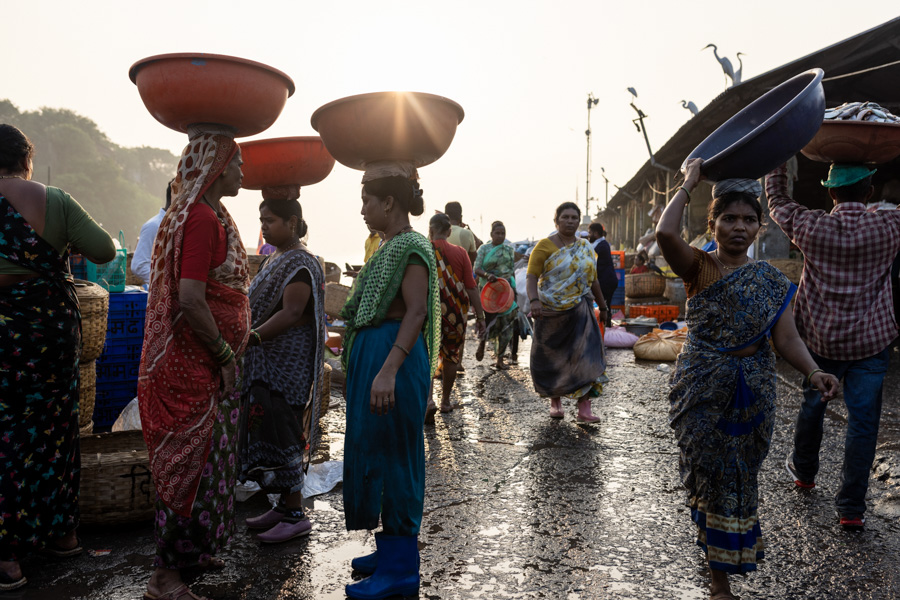
Shooting the busiest scenes in Asia – A complete tutorial
Shooting the busiest scenes we encounter while traveling in Asia can be very challenging. After 15 years of running photography tours and teaching in the area, I know that busy markets and streets can either be a photography heaven or a nightmare. In this tutorial, I will describe how I handle these scenes, inspired by all the students that I have observed over the years. I will be using locations that I often visit in my photography tours in Asia, but of course, there are thousands of other busy locations in this part of the world. Imagine scenes like the most insane markets of Asia, whether these are busy vegetable markets or fish markets. For example, Ahmedabad vegetable market in India, Bogra vegetable market in Bangladesh, some crazy fish markets like Sassoon in Mumbai, Mirissa in Sri Lanka, or Kyeemyindaing fish market in Yangon. Or really, any streets in Dhaka or Kolkata! These are very overwhelming scenes that give many troubles to all photographers, whether they are beginners or pros. These are very interesting scenes to photograph because of how many opportunities they offer, but these are also very difficult scenes to photograph given the amount of mess in the background and how fast our subjects are moving.
In this article, I am talking about shooting the very busy places that we may encounter in Asia. Whether it is a busy market, a very busy street where there are a lot of people, a lot of moving things. And you want to capture the chaos, the mayhem of this scene. I am specifically talking now about trying to capture the atmosphere of this scene, which means using what is considered a wide-angle lens (anything from 16 to 50mm).
If you want to be a photographer who tells interesting stories, making the viewer feel like they are there, and feel the emotion of the scene, you want to be shooting a little bit wider and you want to be closing your aperture to have more in focus and tell more stories, more about the place where you are. After all, someone could be taking close-up portraits with an 85mm f1.2 in a busy market. This would help clean up the background. But would this be telling the viewer about the mayhem of this location?
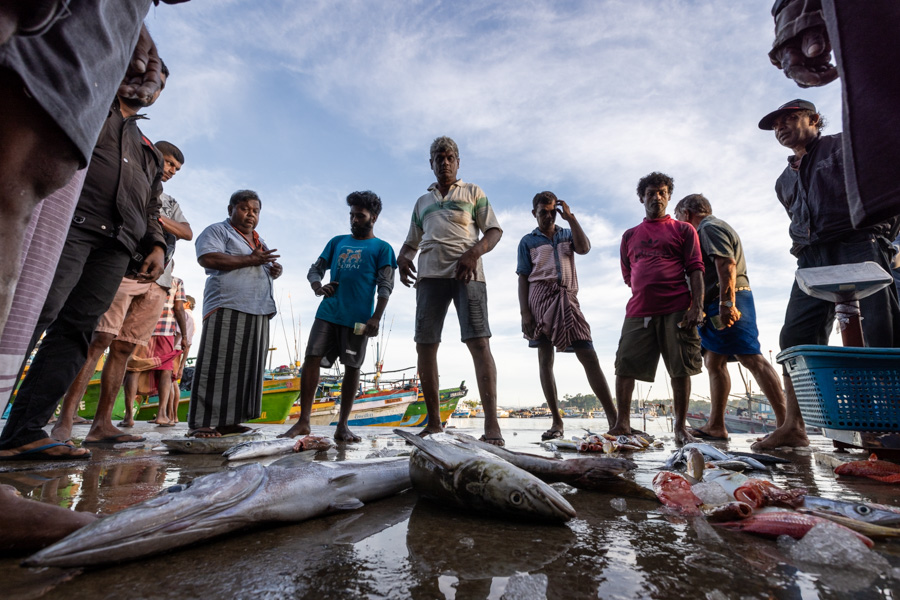
The first thing to do in these sorts of places is to focus on the light. Here is an example I often use when teaching in these busy locations: imagine arriving in a market with several hundred people there. There are the market ladies (or men), the clients, the traffic in between, the people carrying the goods back and forth… It is a real mayhem. If you think in terms of subject, you will have to be scanning and analyzing these several hundred faces. This is when things get very overwhelming: there is too much happening, there are too many people.
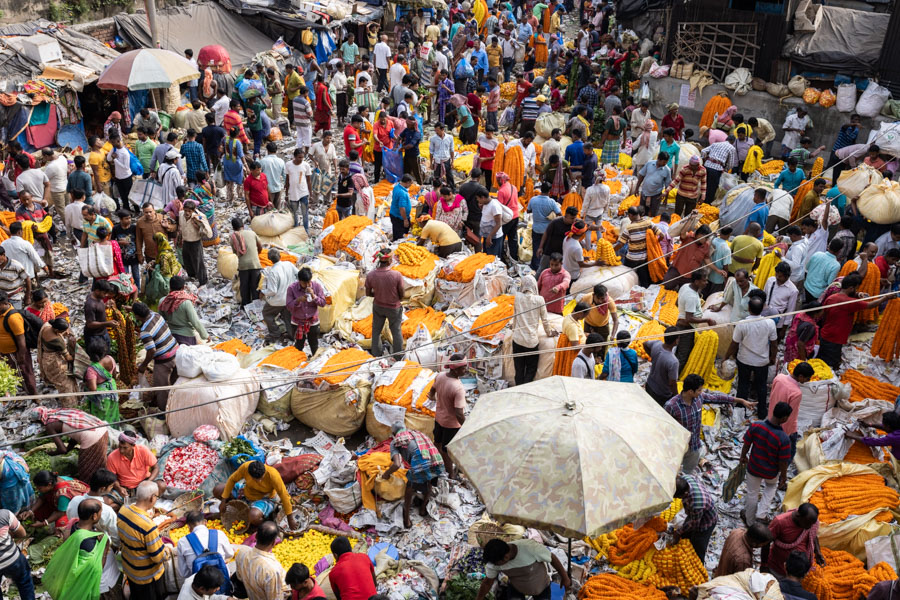
There is an easy way to remove the clutter from your brain: focus on the light.
Imagine, again, that in this very busy market, I can identify several spots where the light is interesting. Suddenly I am not looking at thousands of elements, but only these few spots of light. This is already simplifying the scene a lot.
Here are some examples of interesting light to be found in these locations:
- The actual sunlight falling on some areas and not on others (image 1)
- A subject in the light while its background is in the shade (image 2)
- Light bouncing from the floor and coming back on your subject’s faces (image 3)
- Some amazing beams of light created by holes in a roof and dust or smoke in the air (the most dramatic!) (image 4)
Once you have “found the light,” do not turn to religion yet. Now it’s time to think about your background.
Here is one of the most challenging things to do in a very busy location! There is always a plastic bag, a white polystyrene box, or a piece of sky that will become a distraction and lead our eyes away from our main subjects.
Once you have found interesting light(s), ask yourself, “Where is the background that will give me the cleanest shot?”. Here I am talking about shooting busy scenes. One of the best things you can do when having many subjects in your frame is to have the most simple background.
It’s extremely hard to capture a busy scene with a busy background. Things are all over the place and my brain can’t appreciate a messy picture. I need the image to pop, I need my brain to quickly and easily identify who the subjects are and where they are. If I have to look closely at the photo for 5 seconds to understand it, I do not like it.
Here are some examples of clean backgrounds:
- A simple wall (image1)
- A black background (image 2)
- The sky (image 3)
- The floor (image 4)
I often find it useful to hide a messy background with a pretty foreground. And it does make sense when shooting these busy scenes: you can use a very small foreground to hide a huge messy background if you place your camera very close to this foreground element.
Once you have found an interesting foreground, think about using the rule of thirds to know where to place it in your frame, and try and fill your frame with the elements that you chose to have in your image.
Here are some examples of simple foregrounds:
- Someone’s clothes
- Someone’s face
- An interesting texture
- A “storytelling” foreground
I have already talked about this a lot in my juxtaposition tutorials, but you must separate all your elements so that you can create a more simple composition, which will be easier to understand for the viewers. This is to me one of the most fun moments when I take photos, which is why I call this a game. Waiting for the perfect timing and everyone is in the right place, seeing it happen on the screen or viewfinder and clicking that image perfectly. Such a source of pleasure!
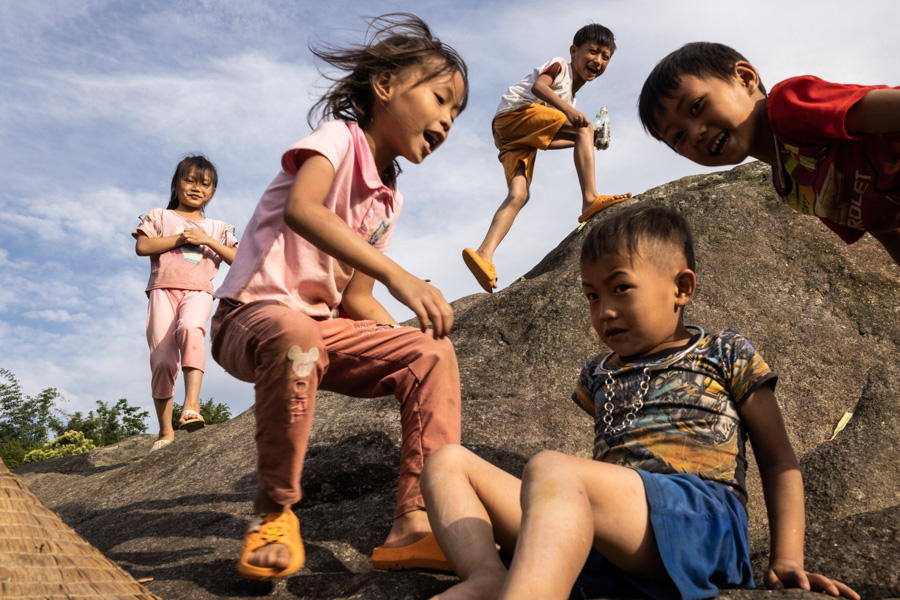
Having your subjects in front of each other will simply make the image difficult to analyze for your brain to understand. The brain likes simple things, which is why shooting busy locations is hard. When walking into these types of places, I always remind my students to simplify their images as much as possible. Using a simple background is probably your best option there, but keeping your subjects separated will also help.
You can also focus on a more vertical approach to layers. If you encounter a scene where some people are up and others are down, this will help you to add more layers to your image while avoiding them being in front of each other.
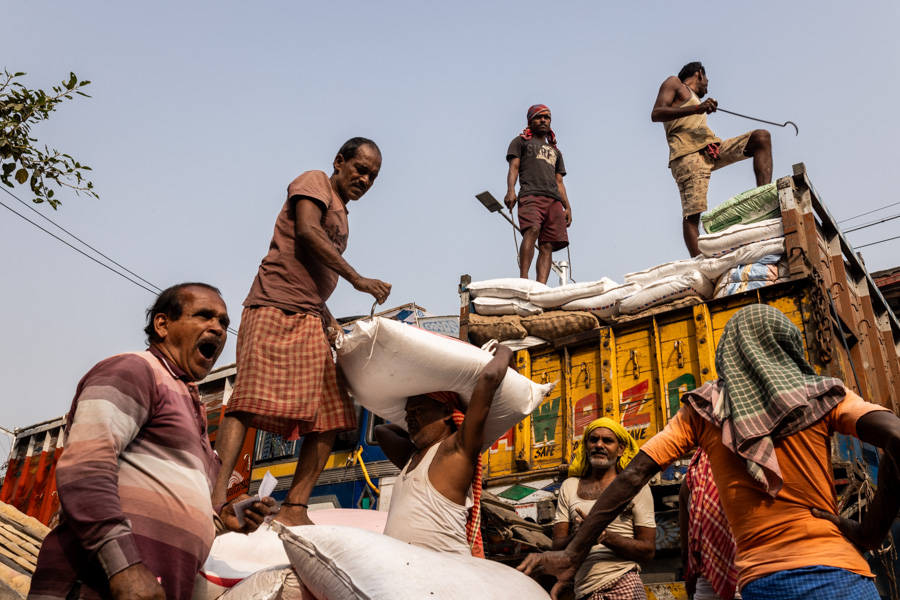
This is even more valid if you like shooting silhouettes. Because your subjects are just black, having them in front of each other will create a big black mess in your frame, which is not something easy to read. You have to wait for the time when your different subjects are not behind each other.
By “static frame” I mean try to find some elements in your frame that do not move. In markets, it is actually quite easy as many sellers just sit in one place. You could be using these static elements to either start framing your image on one side or the other, or use them, as we talked about before, to hide a messy background.
These static elements that you find will also often lead the viewers’ eyes to the rest of the image. It could simply be a line (like a fish) or someone’s gaze. Which is important to capture at the right moment.
Examples of potential static frames in a busy location:
- Street sellers
- The things that street sellers are selling (like leading like fishes, for example)
- A car (or car’s window)
- A building
Now, we are almost ready. We have identified the best light, we have managed to clean our background, and we have an interesting element in the foreground. But sometimes, this is not enough. This is when you need to be aware of everything happening around you. There may be people that are about to step in front of you and that would create interesting foregrounds.
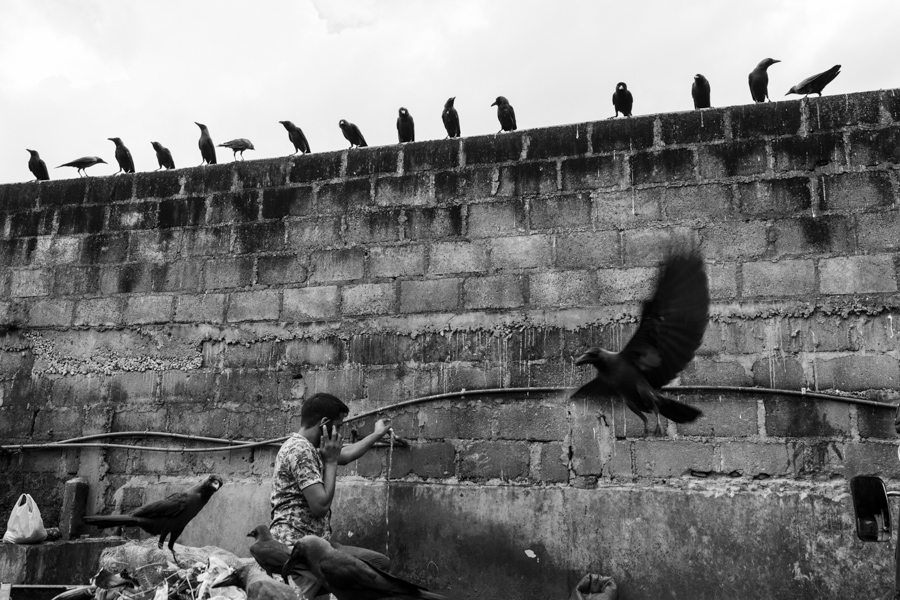
And this is why I love candid photography so much: you will encounter a lot of unexpected foregrounds that will help you create unexpected compositions. This is how we learn to create more interesting compositions (or learn about new composition templates): let the people in your frame move on their own free will instead of telling them what you think is good. You will be surprised by what people do and how it can instantly create a very new type of composition template for you.
And to achieve that, using the technology of our fancy cameras will definitely help you. And by this I mean use the tilt screen of your camera!
Behind us is the time when we used to only look into our viewfinders. We now have fancy cameras with screens that can tilt. This means we could be sitting and looking at a screen, which gives us a lot of field of view on each side of us. Use this to be able to anticipate the people who are about to walk into your frame. Are they going to be a distraction or could they be useful for your composition and story?
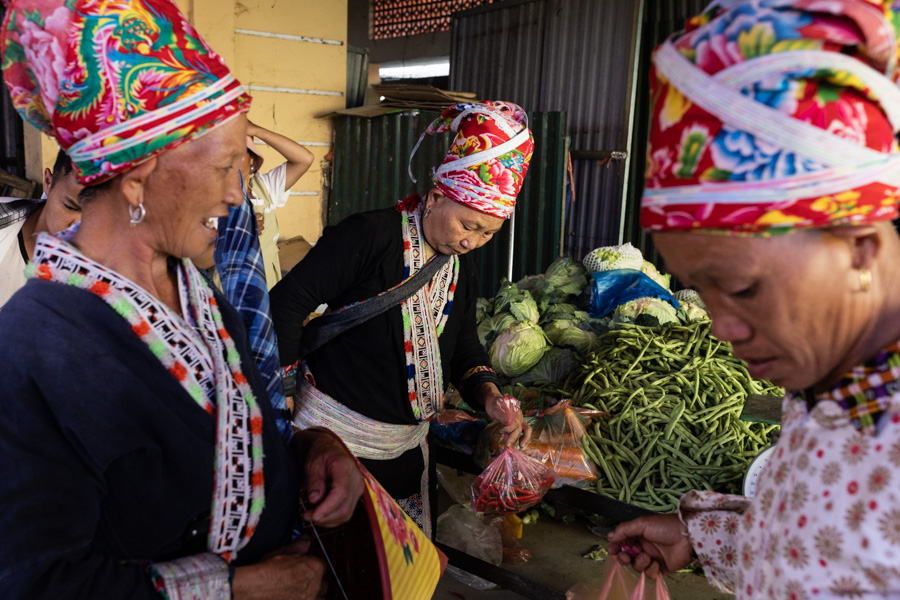
Now this part is less about composition but more about your general attitude when visiting such locations. It is hard for photographers to take all the time they need to create the perfect shot when standing actively. There could be people carrying heavy loads, or simple sellers that don’t want you to stand in front of their stand forever.
So you have to be swift as you do not want to disturb the people around you. To do this, you need to first identify your scene (which is what all the previous parts of this tutorial are about) and only then move into position to take the shot. This will help you not to stay in a spot for too long.
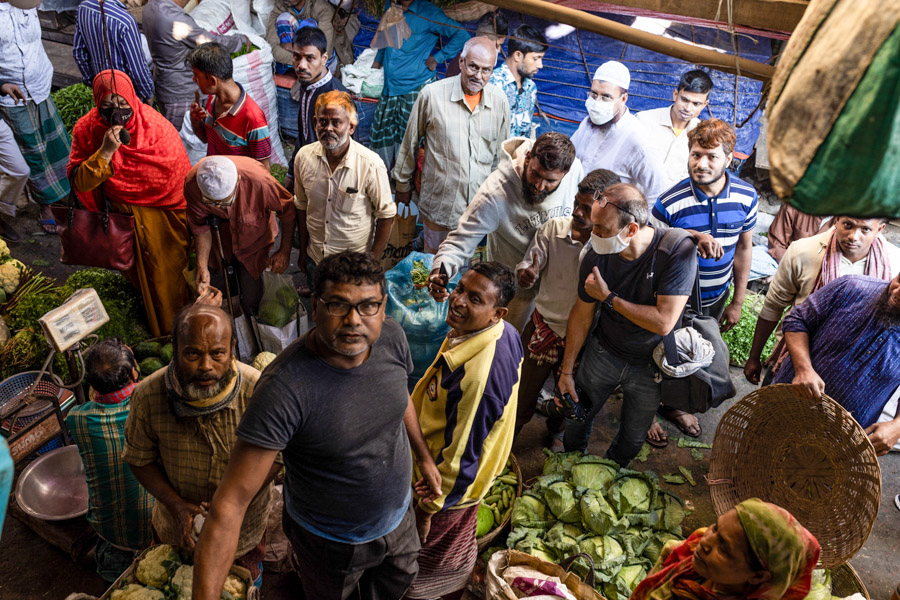
There is another element to take into consideration when taking photos in some busy locations in less visited places in Asia: if you stay in a place for more than 20 seconds there will be a crowd of people around you and it will create traffic jams. People, in this part of the world, are generally curious about visitors and want to interact. If you have been to India or Bangladesh you probably have been asked countless times in the streets “What’s your country” or “What’s your good name sir?”
This can potentially create 2 problems for photographers:
First, it may create some traffic issues and block the way for other people to do their business. And I think as travel photographers we do not want to disturb the people, who are already nice enough to let us take photos in their workplace.
Secondly, the crowd of people around you will attract the attention of the actual people you are shooting. And so instead of attending to their usual businesses, which would tell a good story for your image, your subjects may start staring at your camera or looking at the people behind you.
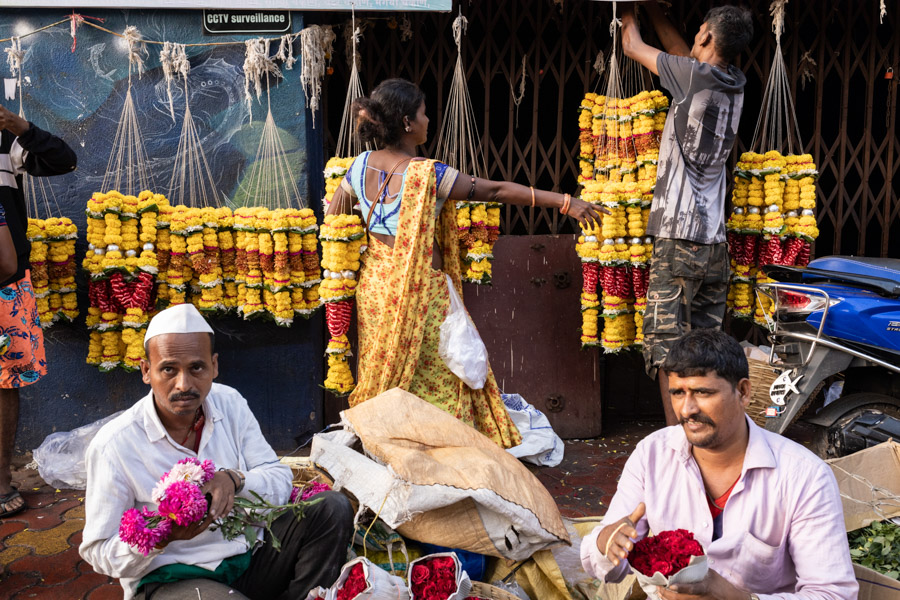
This is quite an important element to take into consideration when taking photos in such busy places. And you have to learn to quickly identify a scene, move in, shoot, and keep moving.
My tip here is just to first stand and watch the scene that you plan to capture and identify what potential moments could be happening. For example, if a lady selling vegetables has a good spot of light on her, with a nice background. Look around and see what happens when customers come to her. Is there an interaction? Does the woman look up to her customers which would brighten her face? Is there a money exchange between the two of them, which would tell a more meaningful story?
Once you have identified these “decisive moments” then you can be ready and jump in your spot to take the photo when you see they are about to happen again.
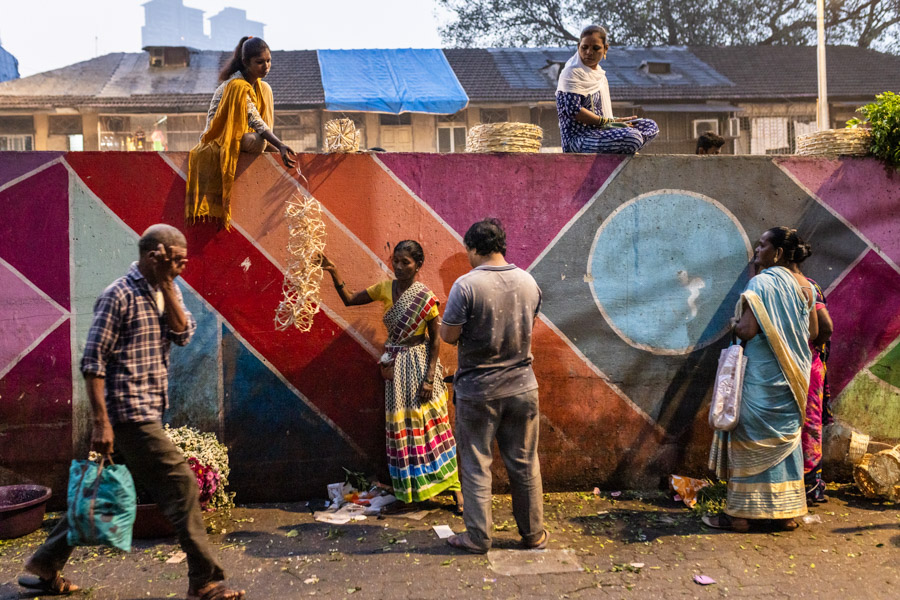
In my experience, the primary challenge when photographing these locations, whether in Vietnam, Bangladesh, India, or Sri Lanka, is to capture the scenes when everyone is engrossed in their activities. Whether they are loading or unloading trucks, working in a factory, or simply engaged in market activities such as buying vegetables, my goal is to portray the essence of what my subjects are doing. The key for me is to avoid having individuals stare into the camera while others remain unaffected.
I prefer to extract myself from the images I capture, aiming to photograph scenes where my presence minimally influences my subjects. Although my mere presence already has an impact on the scene, I strive to reduce my influence as much as possible. This approach aligns with my personal preference for images that depict authenticity. Of course, your preference may differ.
When attempting to include numerous people in my photos, I’ve encountered situations where someone in the frame is posing, smiling, and looking directly at the camera, assuming that’s what I desire. It becomes particularly disconcerting when everyone else is engaged in candid activities, and only one person is posing for the camera—unless that person looking at the camera is the main subject offering a unique expression.
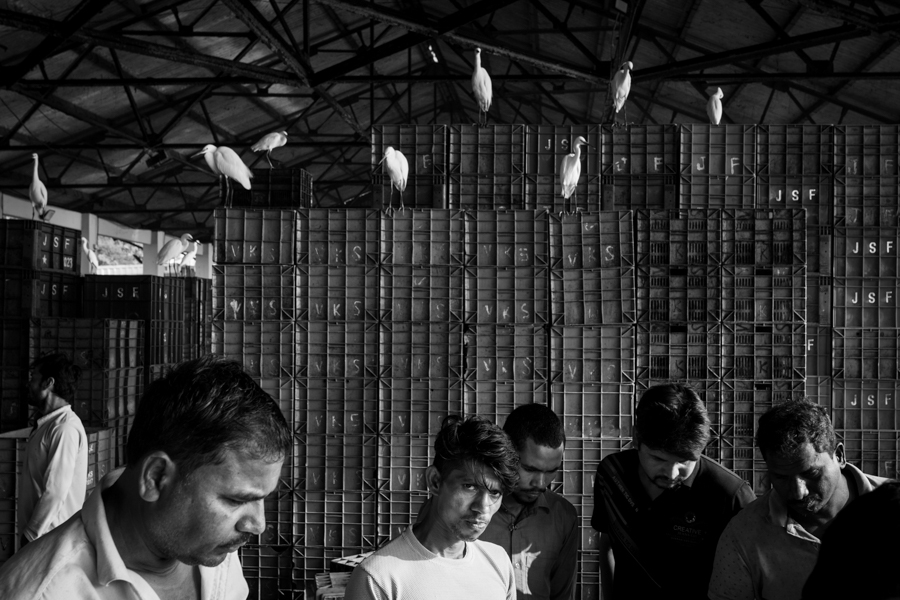
As a photographer, your aim should be to capture moments when everyone is either naturally posing or entirely absorbed in their activities. This consistency is crucial for creating compelling photographic narratives. If everyone is occupied with work, but one person is posing for the camera, it disrupts the dynamic.
To mitigate this, here are some tips. Firstly, using a mirrorless camera with a tilt screen can be advantageous. The tilt screen allows you to position the camera away from your eyes, giving the impression that you’re not actively taking a picture. You can engage with people, interact, and inquire about their activities while looking away from the camera, prompting your subjects to do the same.
For those using a static frame, as described earlier, be patient and wait for the perfect moment when people’s gazes naturally create lines leading to the rest of the image.
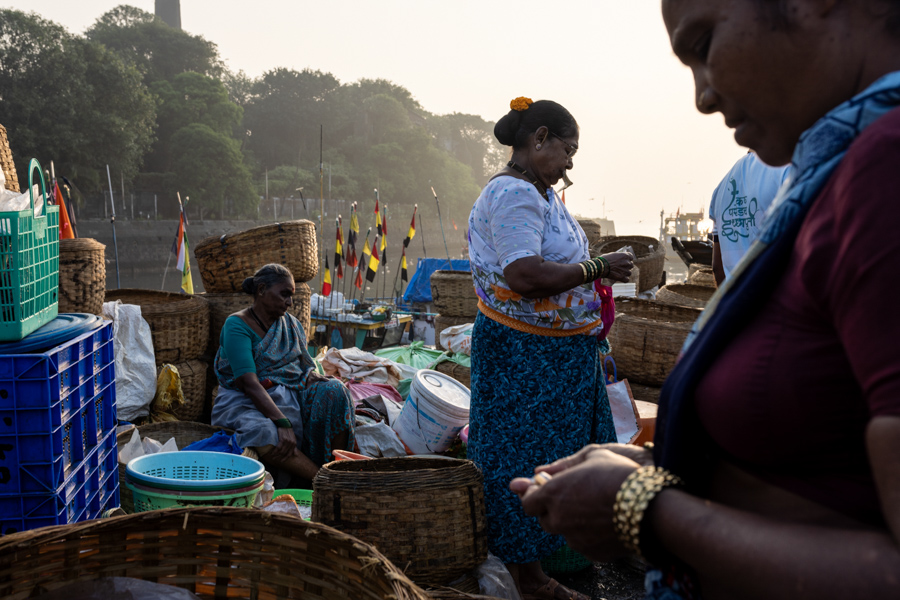
This is the final consideration just before capturing your image, and it remains a challenge for both myself and the most advanced students on my tours: the small details at the edges of your frame.
When photographing in the most bustling locations, your brain and eyes are occupied scanning the frame, focusing on the main characters—your primary subjects—typically located in the middle or on the thirds. There’s a multitude of activities occurring, and perhaps people are in motion, requiring you to adjust your position to maintain separation between layers. Alternatively, you might be fixated on your “static frame,” anticipating moments when subjects gaze into the distance.
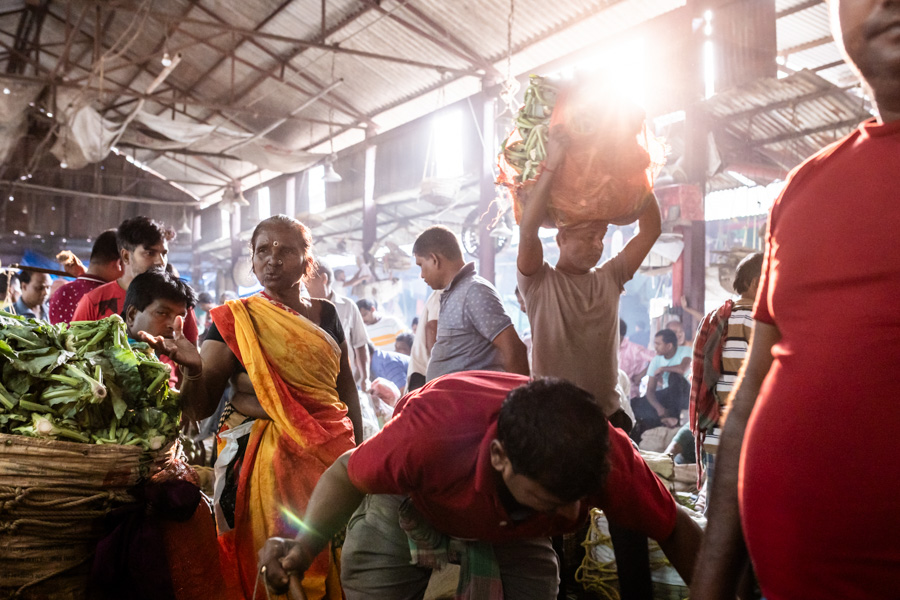
Despite these demands, it’s crucial to stay attentive to the small details. By this, I mean we often unintentionally crop out people’s toes or fingers while concentrating on other parts of the frame. In such cases, these seemingly inconspicuous elements matter. A small fragment of overexposed sky at the edge of your frame can become a distraction. When shooting in incredibly hectic scenes that are already challenging for our brains to decipher and comprehend, any additional distractions may render the image unreadable.

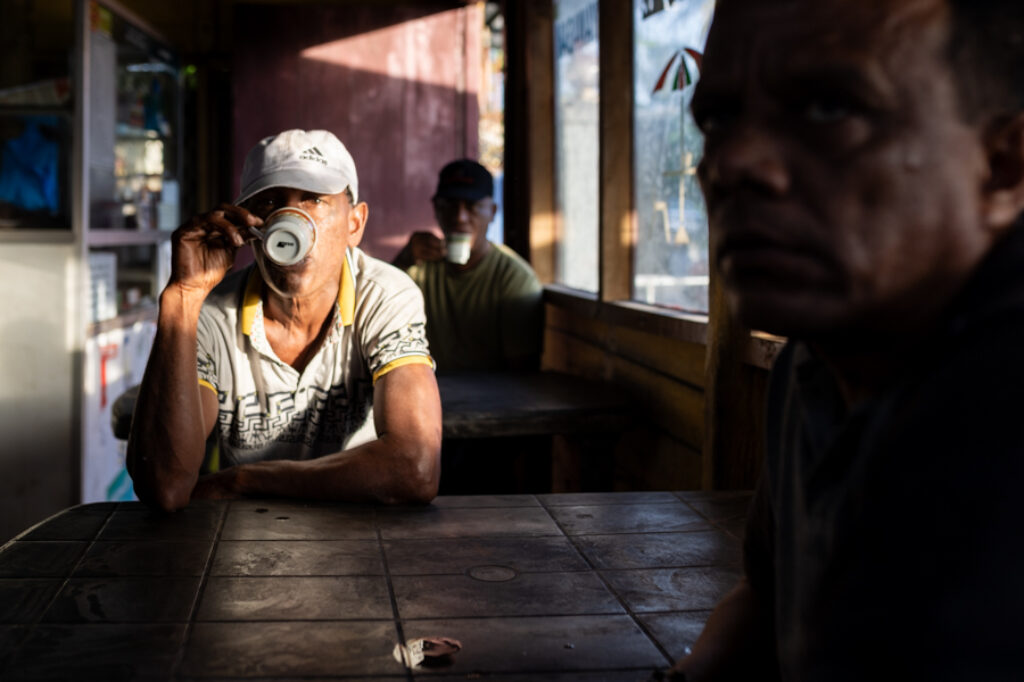
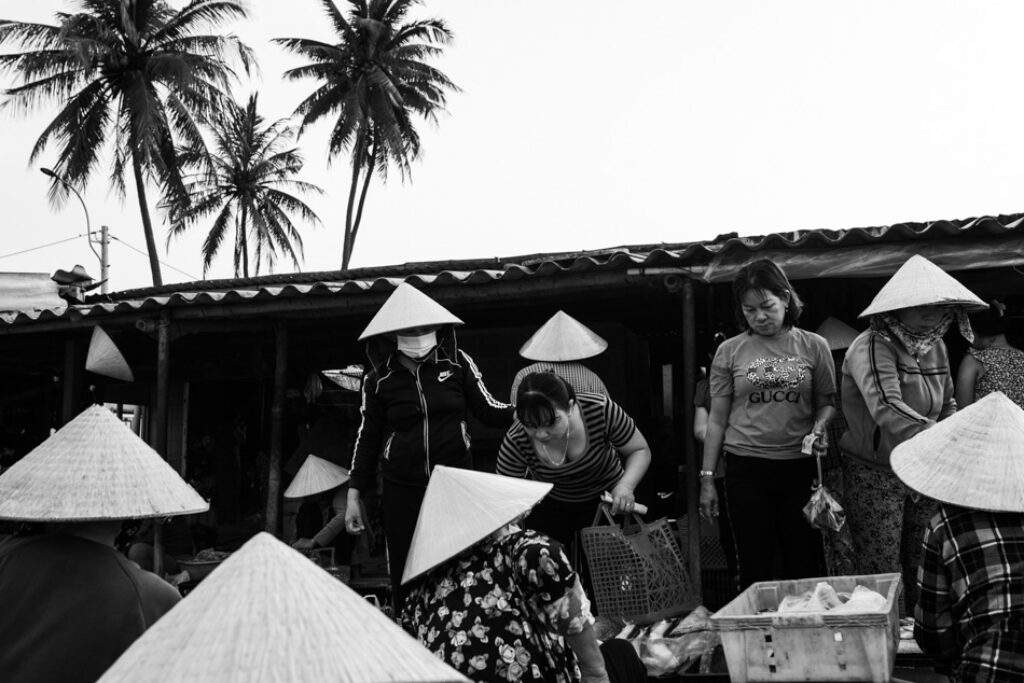
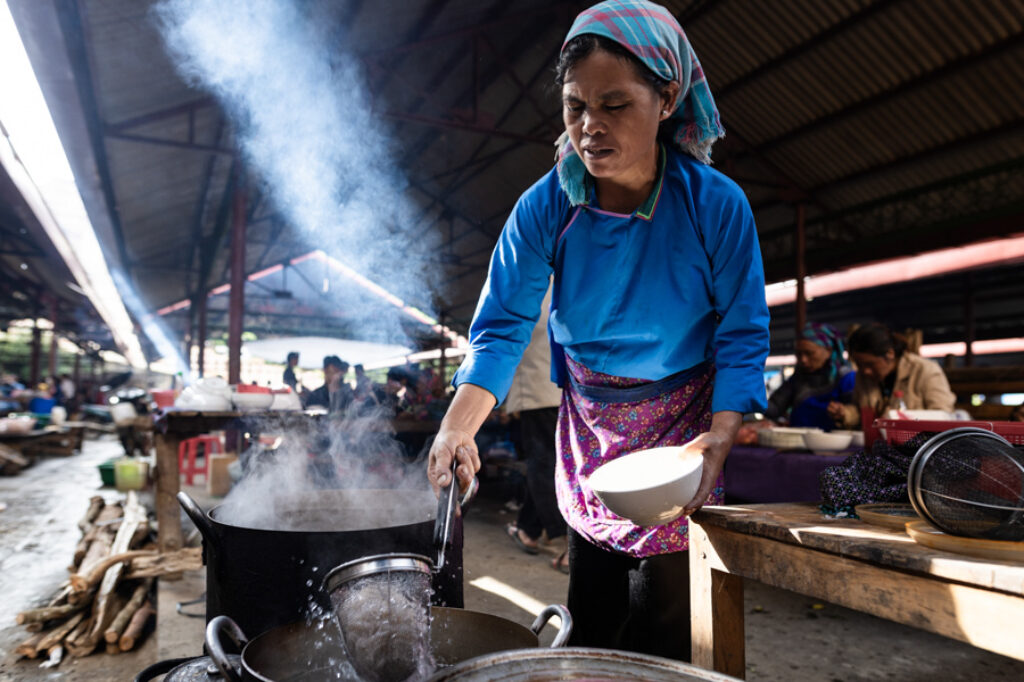
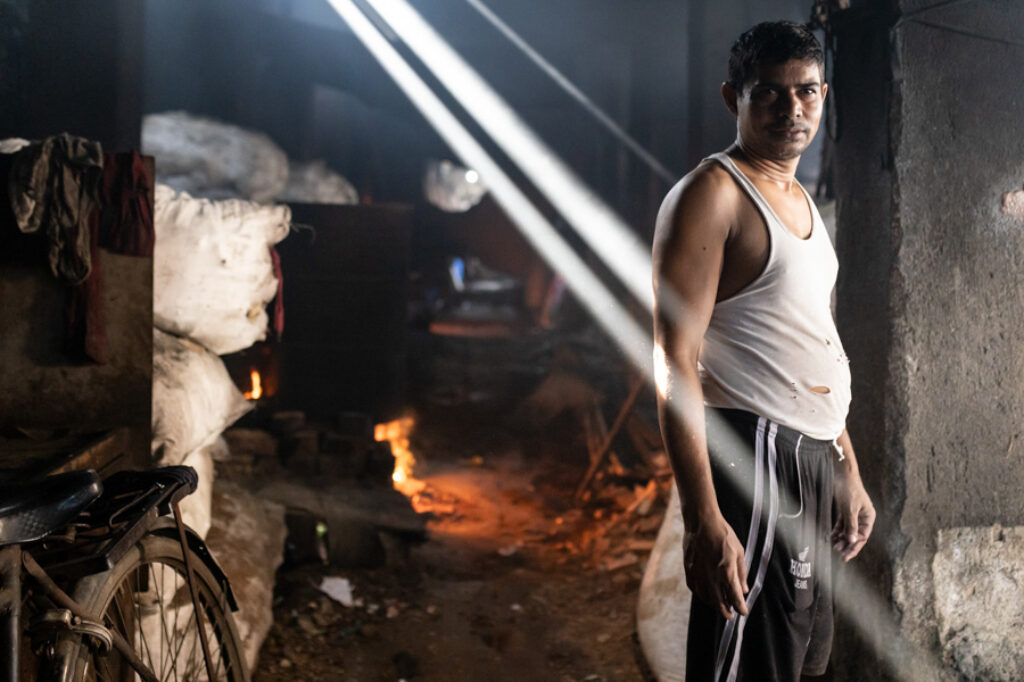
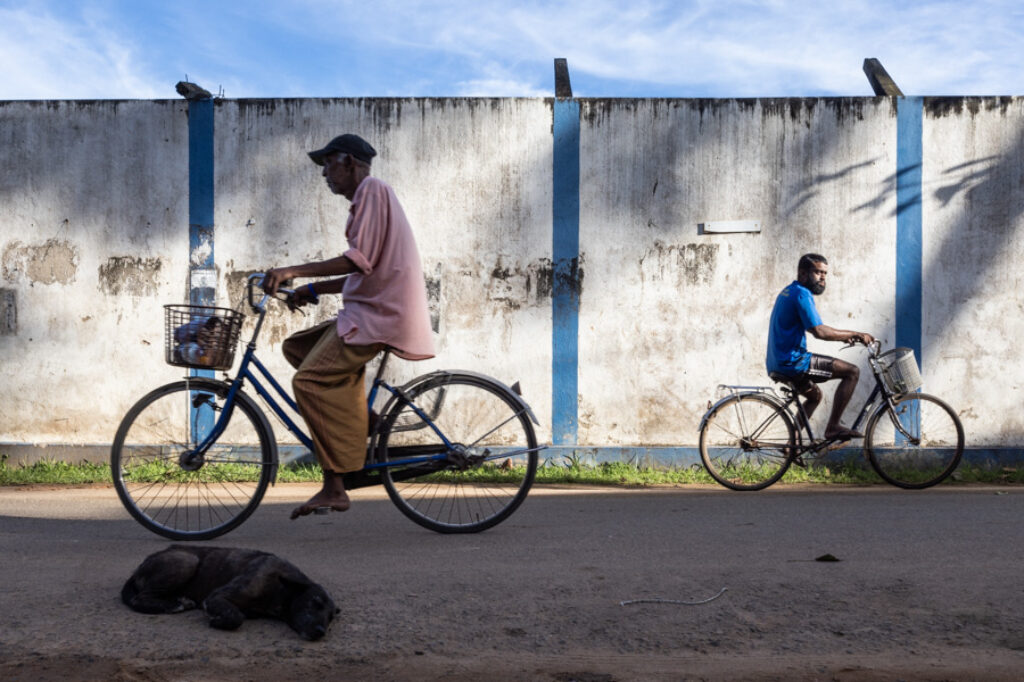
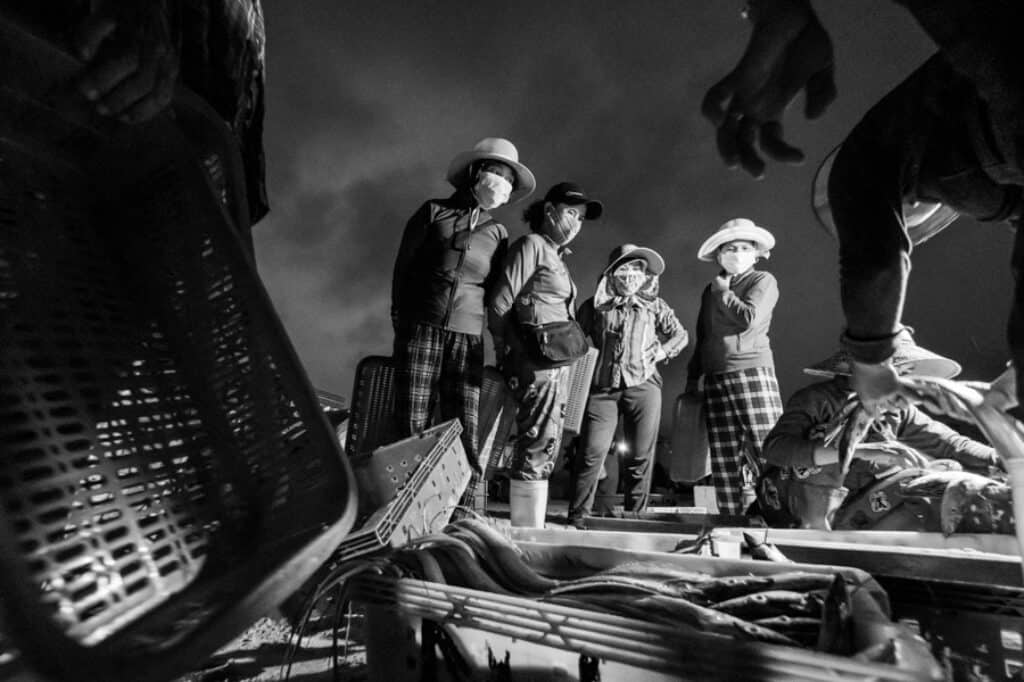
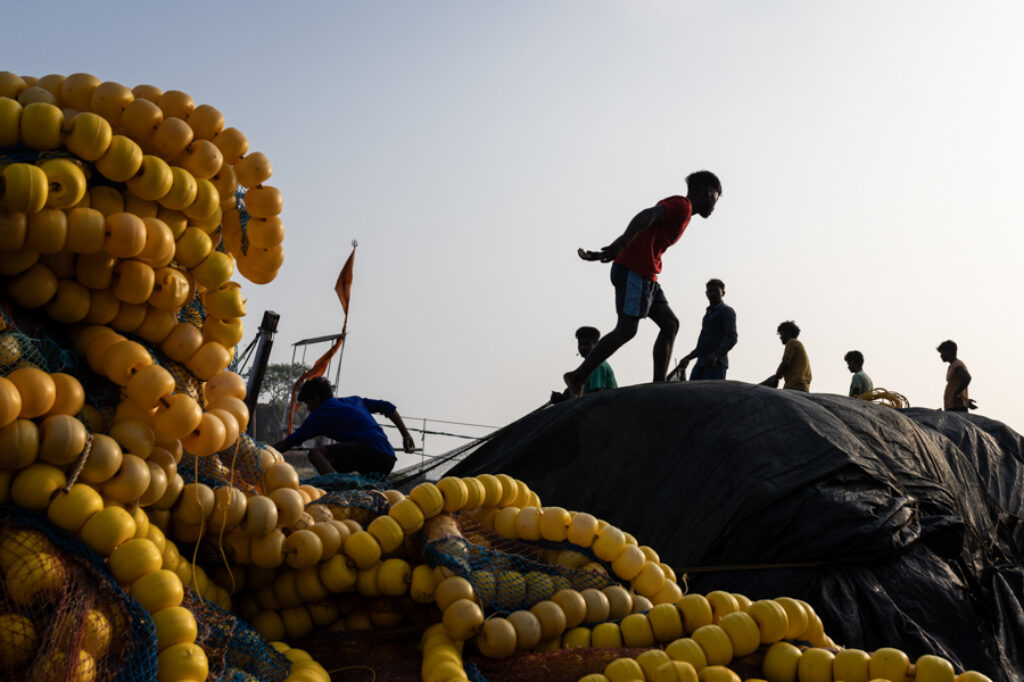
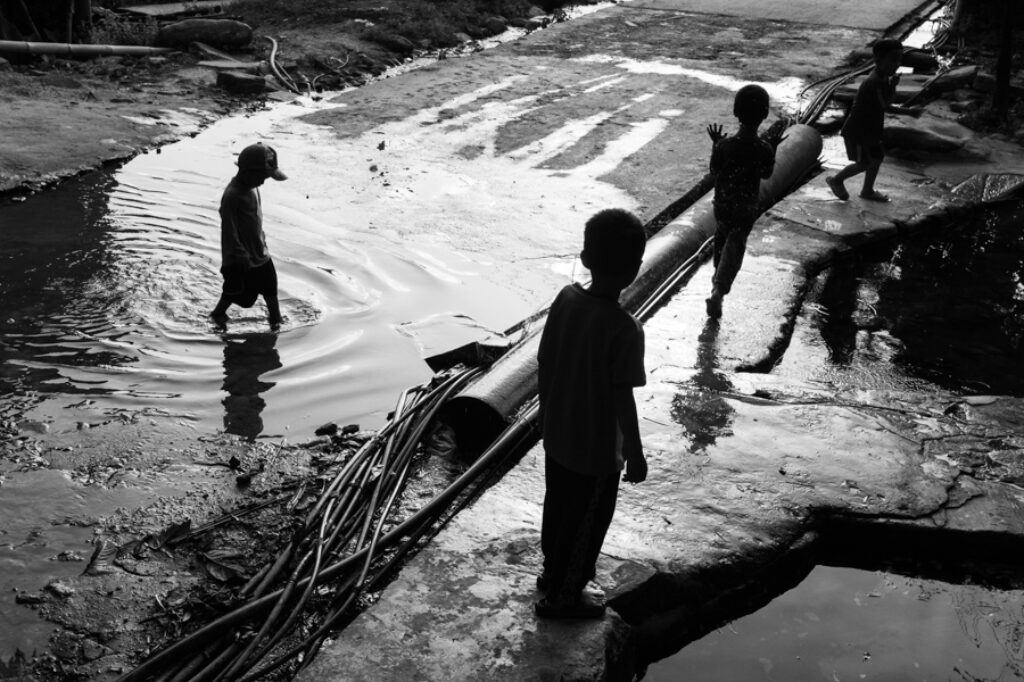
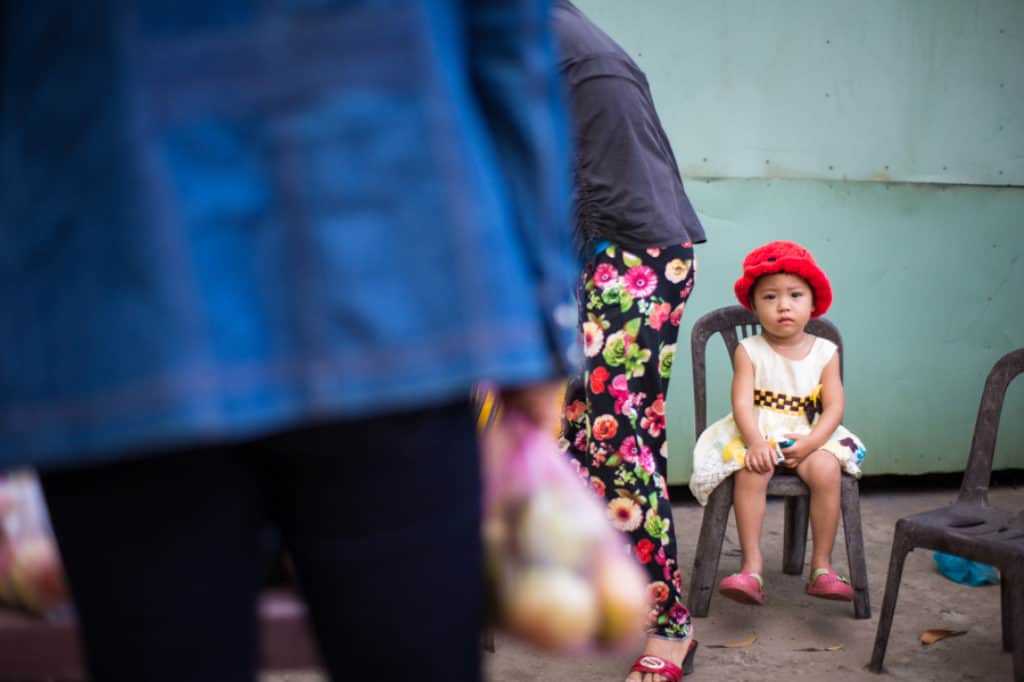
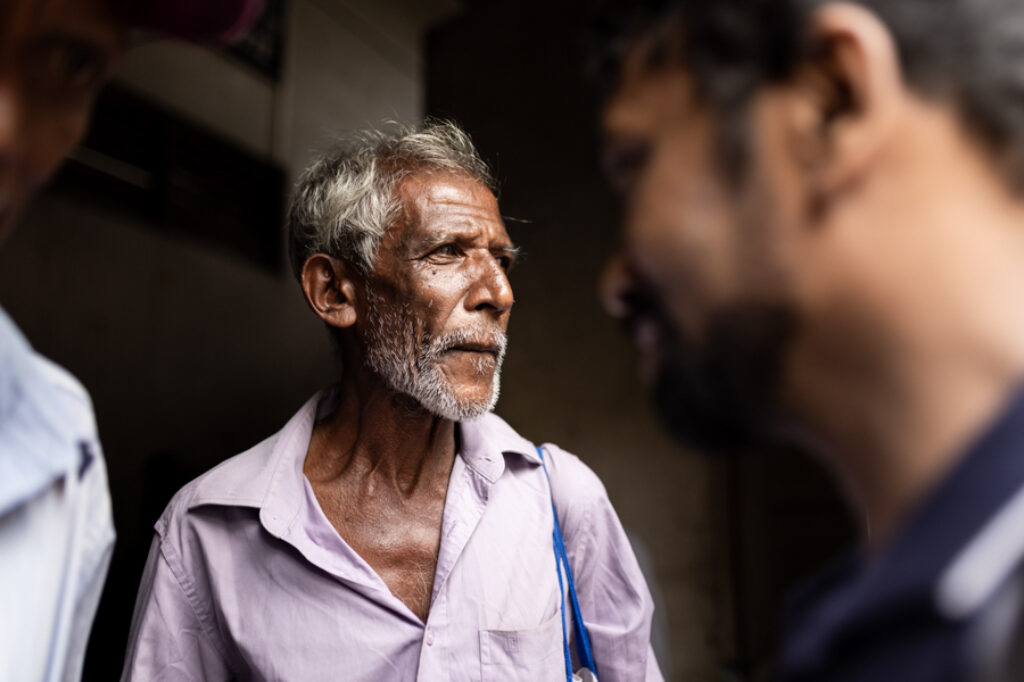
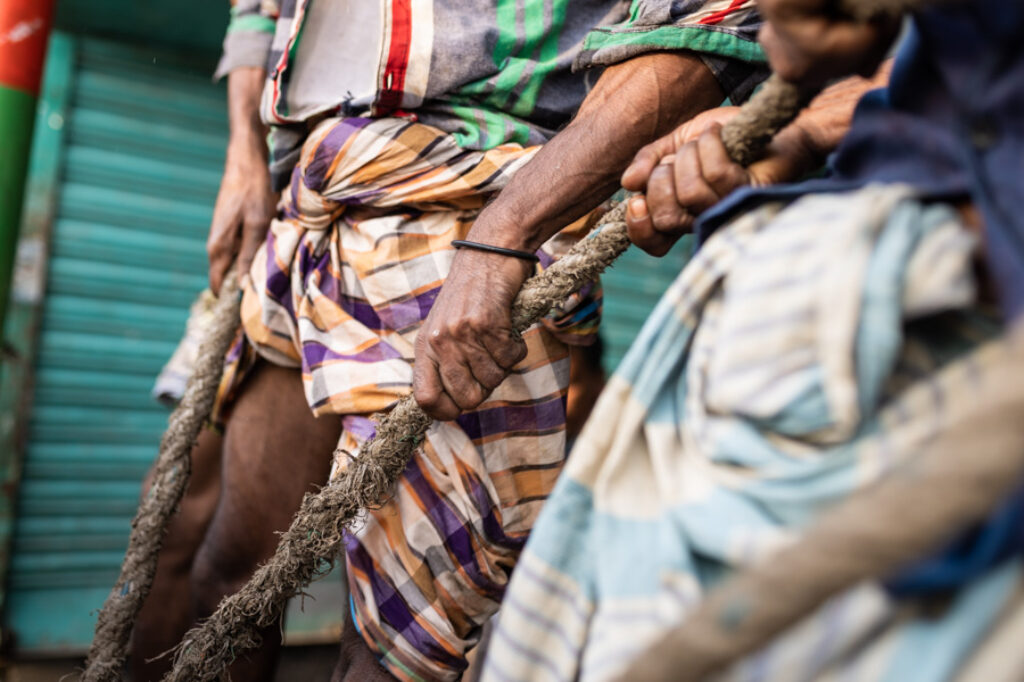
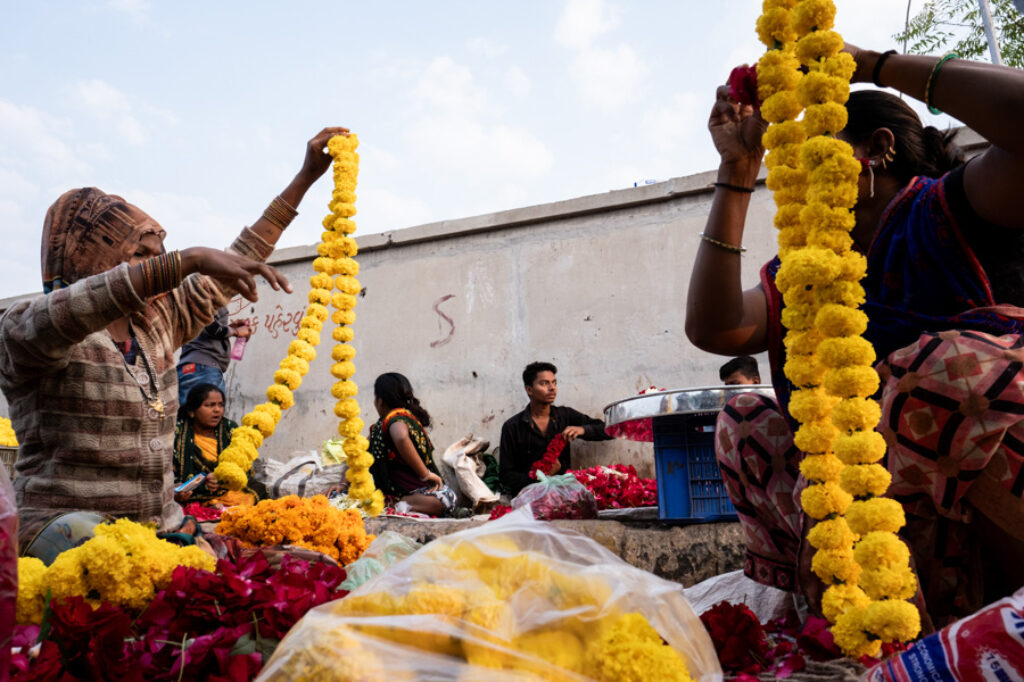
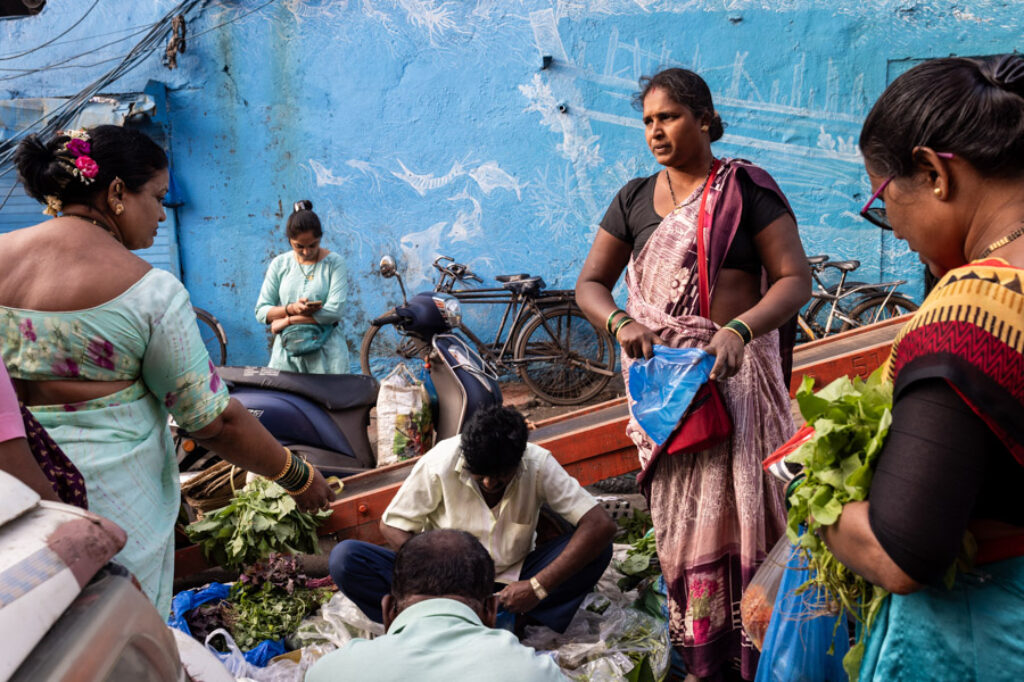
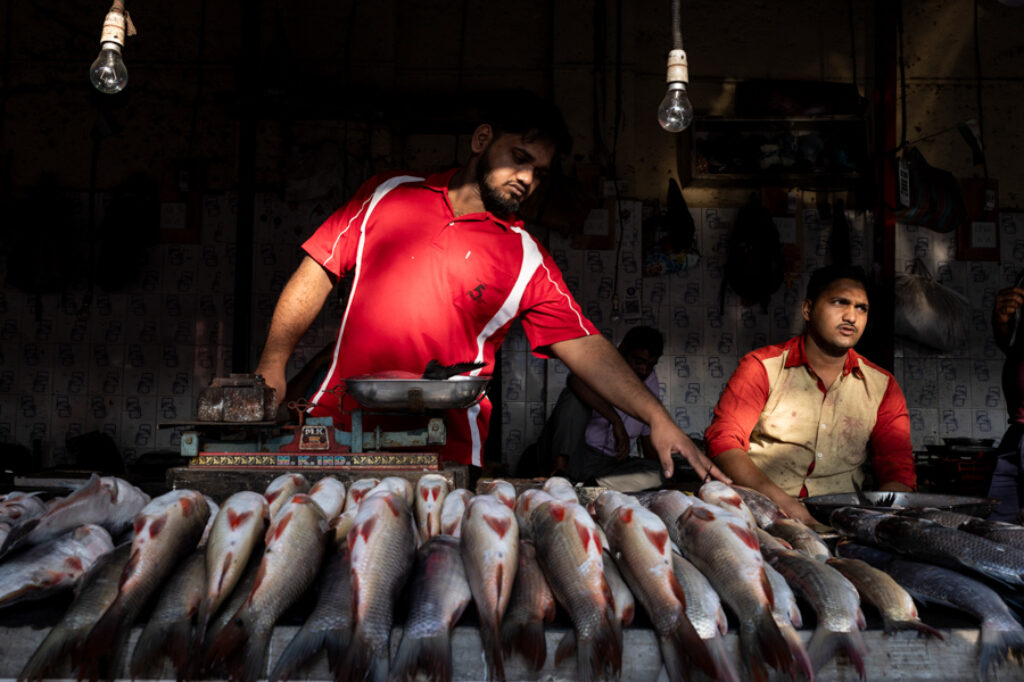
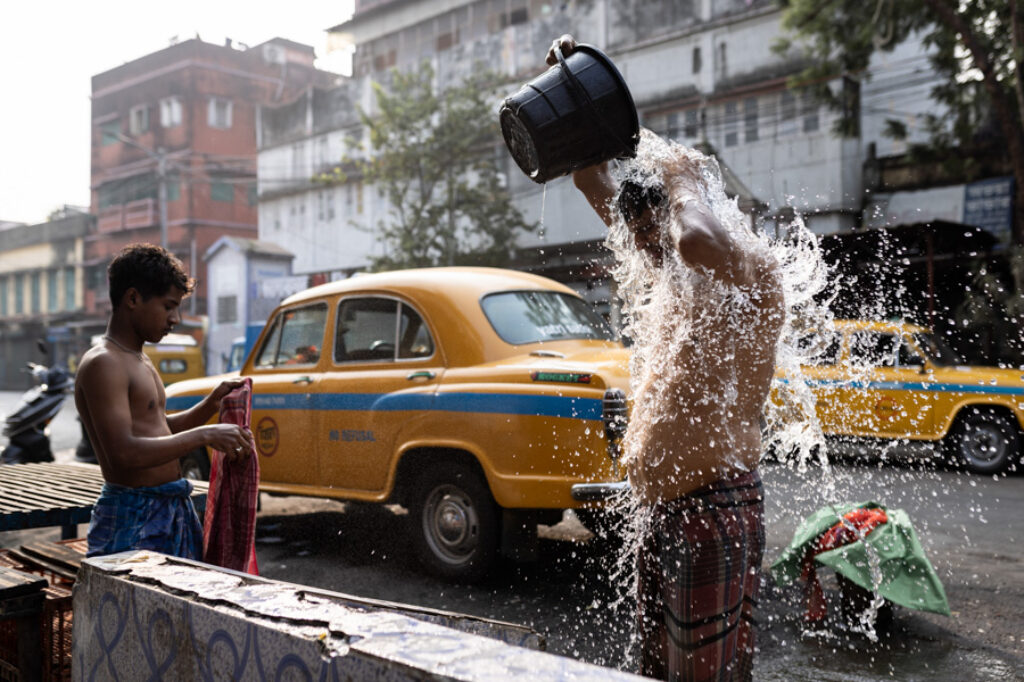

Words of wisdom! Great advice. There is just so much to learn which is what makes this type of photography so addictive (and challenging).
Your on-tour feedback sessions are invaluable for providing this advice and so good for those of us keen to learn and get better.
Words of wisdom! Great advice. There is just so much to learn which is what makes this type of photography so addictive (and challenging).
Your on-tour feedback sessions are invaluable for providing this advice and so good for those of us keen to learn and get better.
Excellent advice…thank you.
I love the methodical approach you have outlined in this article. So many good tips that you have mentioned on-tour, but it’s nice to have it re-iterated with the images. I will be re-reading it before I join you again so I stop amputating people’s hands and feet!
Hahaha yes Melissa! Fingers and toes are so important! 😉
Hello Etienne,
Everything you say here is exactly stuff I struggle with when shooting in Iran, in the streets and bazaars, particularly. And here we have the addition of super sensitivity of some Iranians to the camera. They don’t like being photographed by other Iranians – but don’t mind being photographed by foreign tourists!
Your advice is thoughtful.
Question about how you process your images: Your images tend to have deep blacks but the highlights are not burnt out. Have you done a tutorial on what kind of presets you use to process the images, say, in Lightroom?
Hi Ali! Thanks for your comment. The way my images look like is simply the result of shooting darker and “exposing for the highlights” as I describe here: https://www.picsofasia.com/tutorial/expose-for-the-highlights/